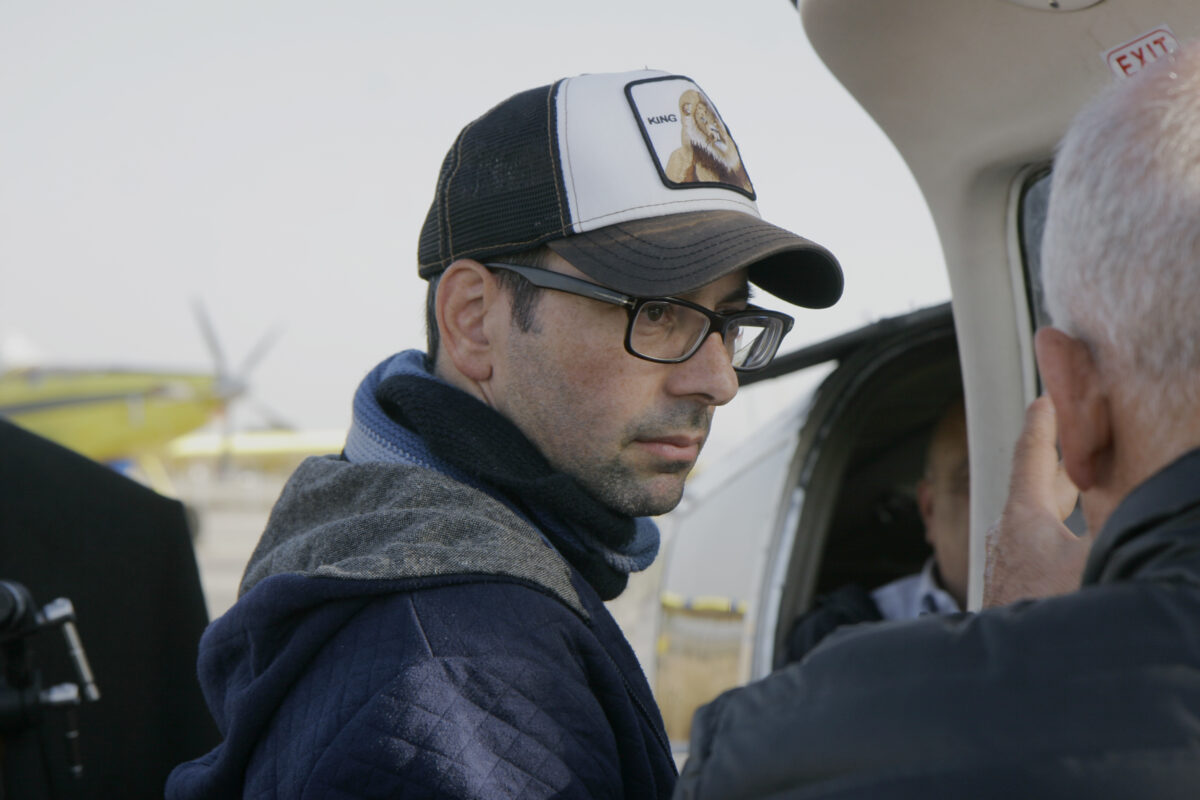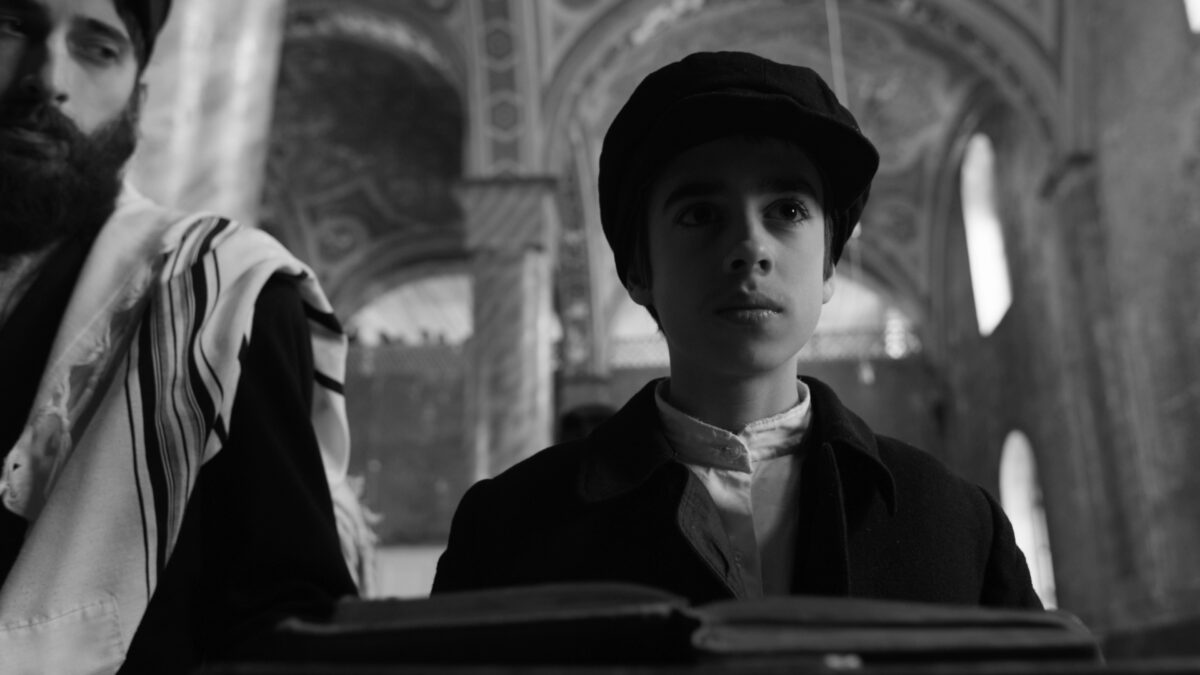In a Young Critic’s Opinion #7: "The Girl with a Bracelet"

We dedicate the In a Young Critic’s Opinion series to the group of young people who have been associated with Ale Kino! for years. They met us when they were just pre-schoolers coming to our screenings of the best cartoons; they’ve stayed with us, even now when they are already diligent high-schoolers or adult university students. We are happy to hand them over our website and read their opinions on the films shown during the 38. edition of the Ale Kino! Festival.\

Do we need a court to judge others?
It is quite easy to judge someone. After reading the description of ‘The Girl with a Bracelet’ and watching just the first scenes of the film, I already concluded that 16-year-old Lise was guilty of the crime she had been charged with. Only later in the film did I realize that I was too quick to judge this girl. Of course, it is just a film, but surely from time to time we all fall into this kind of ‘trap’ in real life.
Being a young woman, I consider this film very important in today’s world and, sadly, all too relevant. In a courtroom, we meet a girl who has been charged with murdering her best friend. Everyone has their eyes on her, but few really see her. After all, it is difficult to truly see someone when looking at them from the angle of one’s own views. During the trial, it is not the facts and evidence that are discussed but instead the defendant’s gestures, behaviour and personality are being interpreted.
What has a strong overtone is the character of the prosecutor, who is a young woman herself. She is the one who judges that Lise’s behaviour is immoral. One has the impression that this opinion has been influenced more by Lise’s sexual life than the murder she could have committed. The prosecutor’s job, as she herself declares, is to be the voice of the society and find out the truth. But should attacking the girl’s personality, judging her choices and social life really be considered more meaningful proof of guilt than the evidence gathered?
The film is not captivating, some parts are even boring. It does not keep you at the edge of your seat nor does it shock you. Still, in an odd, silent – like the main hero – way it stays in your mind and does not want to leave. Many hours after the screening, I am still thinking how easy it is for us to assume the roles of prosecutors and defendants, and how extremely difficult to put a ‘bracelet’ around their own ankle.
Miriam Czachór

Not knowing the description of the film or having any idea what it’s about, I would never think of a police tag in the context of the titular bracelet. When you think about bracelets, you usually think about jewellery, something you put on to look nice. A police tag is certainly not a common piece of jewellery. When we meet Lise and get to know her story, it’s hard to say who the girl really is. Being charged with murder is a serious matter, and yet Lise shows no emotion. At one second, you’re convinced she’s guilty, and at the next one, you’re not. Flora’s murder case is shrouded in mystery, just like Lise’s character. What will be the court’s final sentence? Can this story be either black or white?
The film definitely made a big impression on me. It held me in suspense from the beginning to the final scene. I like its multidimensionality. It has a symbolic meaning and allows the viewer to come up with their own interpretation. I thought I would feel unsatisfied with the explanation of Lise’s trial, but when I finished watching, I realized that this was supposed to be just like that: what I saw on the screen was supposed to get me thinking.
Did Lise kill her friend or not? Try to solve this puzzle yourself by watching ‘The Girl with a Bracelet’ on alekino.com, December 6th, at 6:00 p.m.
Dominika Kasperska

‘The Girl with a Bracelet’ is a courtroom drama created by a French director Stéphane Demoustier, which premiered on August 8th, 2019. The film was presented during the 38. edition of the Ale Kino! International Young Audience Film Festival in the category dedicated to viewers over 16 years of age.
A teenager named Flora is found dead in her bed after a summer party. Her best friend, Lise, is accused of the girl’s murder. It was only the 16-year-old girl who, of all people present at the party, spent the night in Flora’s house, making her the only suspect in the case. However, the accusers lack any evidence to find her guilty and rely on their suspicions. Until the case is resolved, the girl remains under house arrest and wears a police tag in a form of the titular bracelet on her leg. Two years after the tragic event, a series of courtroom hearings take place, during which numerous secrets from Lise’s and her dead friend’s lives come out.
The film gives a detailed insight into court proceedings and the impact that the events have had on the protagonist and her family’s future. The problem that’s clearly shown here is that Lise’s been deprived of the possibility to lead her life as a normal teenager, because her freedom’s been restricted by the arrest symbolized by the bracelet.
When it comes to the techniques used in the film, it’s realized in a rough and hard-headed way, which fits the dark mood of the story perfectly. The lack of any graphic images gives the viewer an opportunity to focus on the plot, and it’s not an easily comprehensible one as it’s told through a trial in court.
In my opinion, the production is incredibly engaging and keeps the viewer tense and focused, which makes them lose track of time while watching. Its greatest asset is, in my opinion, its last scene that allows the viewer to interpret the whole story by themselves. The director implies that we should re-examine the events presented in the film and decide for ourselves whether the court’s final sentence is just. I believe that ‘The Girl with a Bracelet’ is one of the best productions that could be seen at the 38. edition of the Ale Kino! International Young Audience Film Festival.
Olga Bosak



